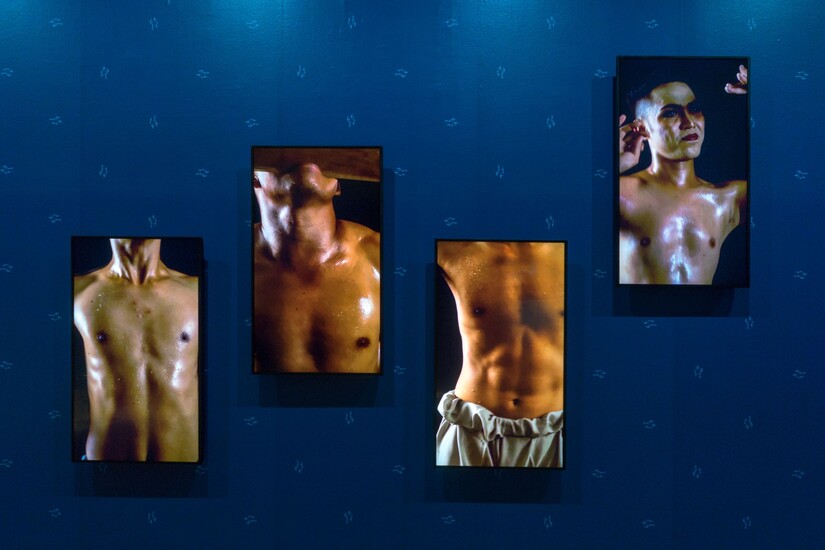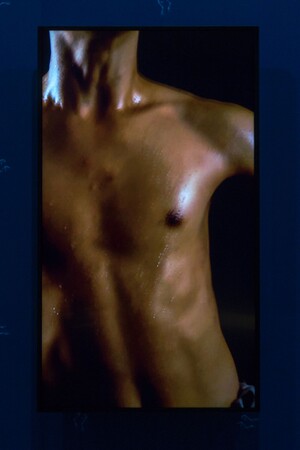Through memories of ritual dances she witnessed in her childhood, Melati Suryodarmo returned to a specific performance tradition that demonstrates physical strength called Reog. A series of memories of trapped bodies—whipping, dancing accompanied by monotonous music, eating the broken glass of incandescent lights, dancing on horse braids, and carrying a giant lion-figure mask named Singa Barong Dadong Sirap—were always embedded in her mind.
In Dancing Under the Black Sky (2019), Suryodarmo traces the history behind Reog performances informed by Kejawen, a Javanese spiritual tradition that consists of an amalgam of animistic, Buddhist, Hindu, and Sufi beliefs and practices. Reog is said to be a satirical art of resistance and criticism of the Ponorogo people of East Java towards Bhre Kertabhumi, a Majapahit King who slowly lost his authority in the 15th century. Bhre Kertabhumi was the last king of Majapahit before Islam became a major force in Demak and controlled the coastal region of Java. Reog encompasses various kinds of political satire and elements of violence that are presented through a performance in which bodily attractions and beauty, and their relation to the spirit of traditional culture, unfold as various subtle layers of a political body.
Reog Ponorogo dancers traditionally perform in a trance-like state. The dancers are expected to follow strict rules, rituals, and exercises, both physical and spiritual. In Reog, a Warok dancer leads the show, where he presents his pride, the Gemblak, a young feminine man, who dances on a kuda kepang, a horse made of bamboo. The boy lover, called Gemblak, is usually kept by the Warok in their household under the agreement and compensation to the boy’s family. Many Warok and Gemblak were massacred by Islamic groups during the anti-communist massacre of 1965-66, their heads placed on pikes for public display. Today, the Warok-Gemblak practice is discouraged by local religious authorities and is being shunned through public moral opposition.
Detail pictures:






